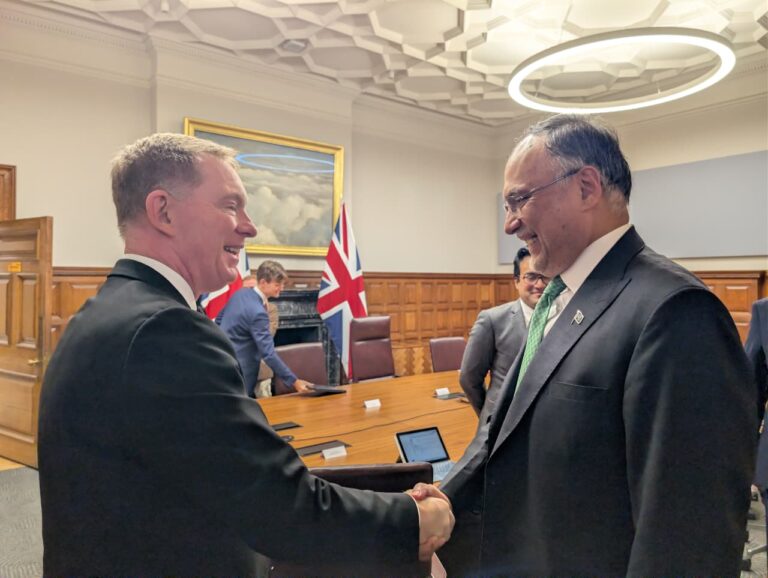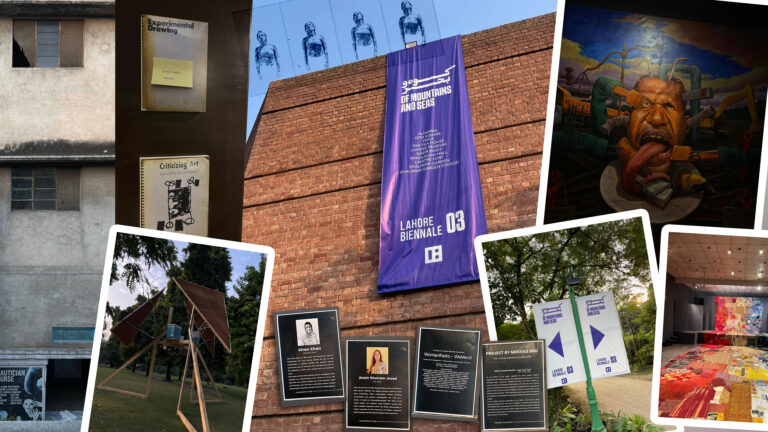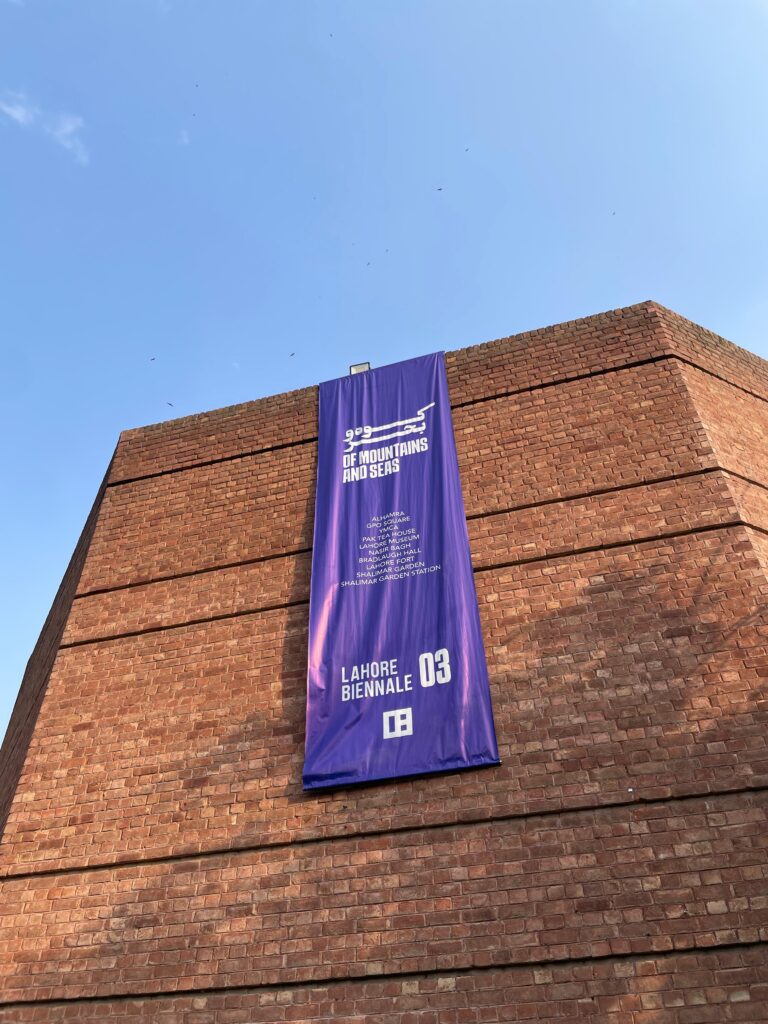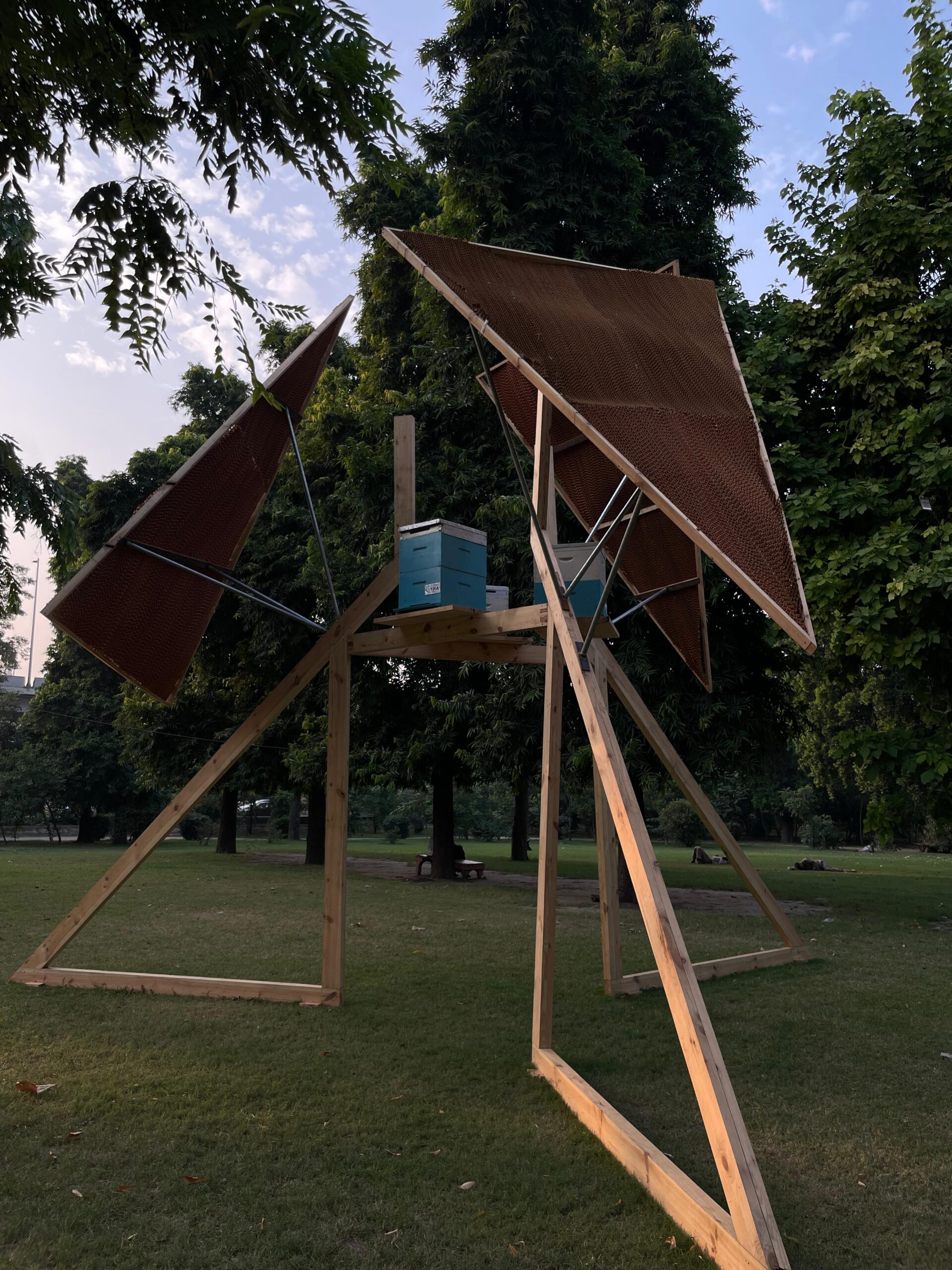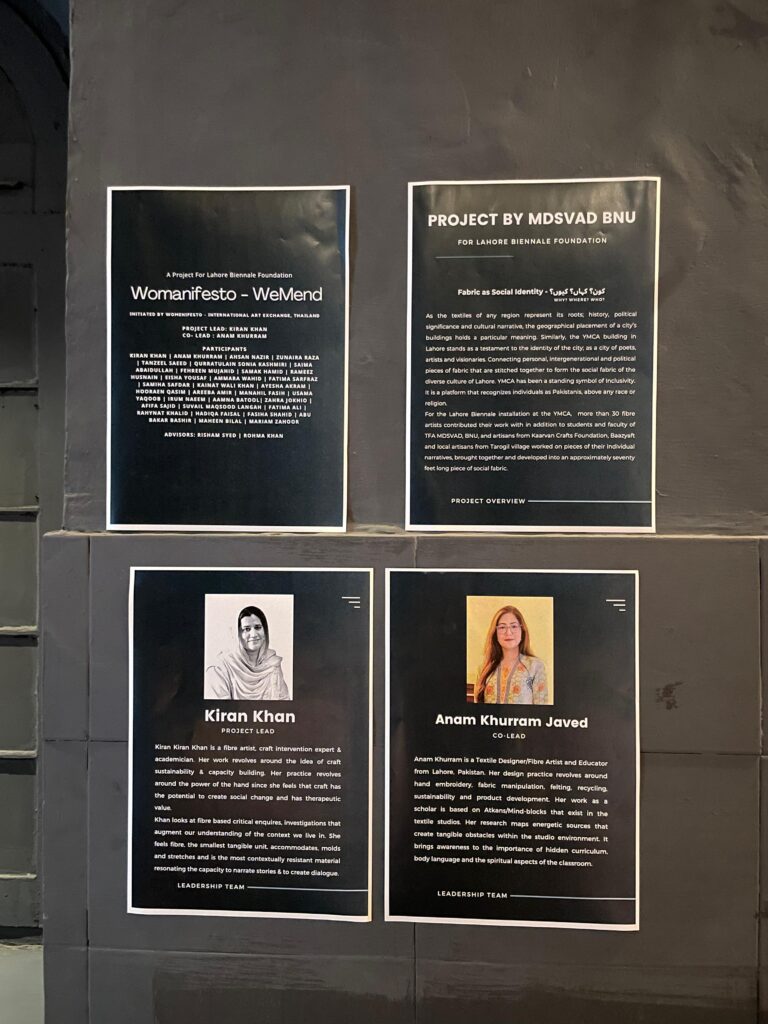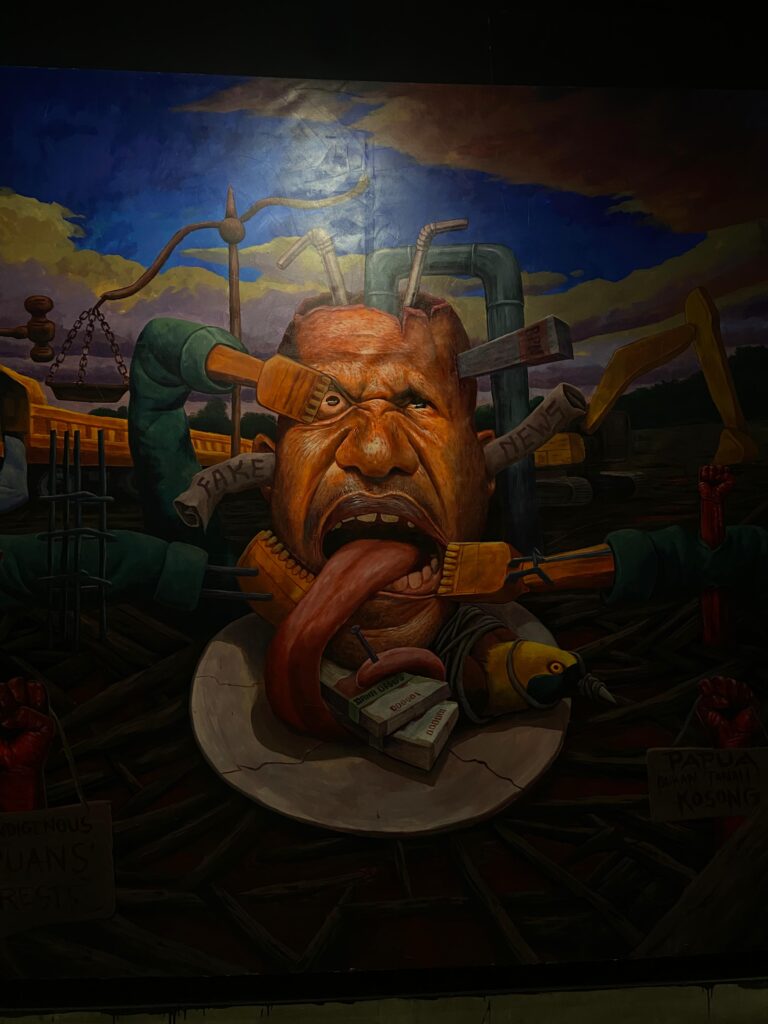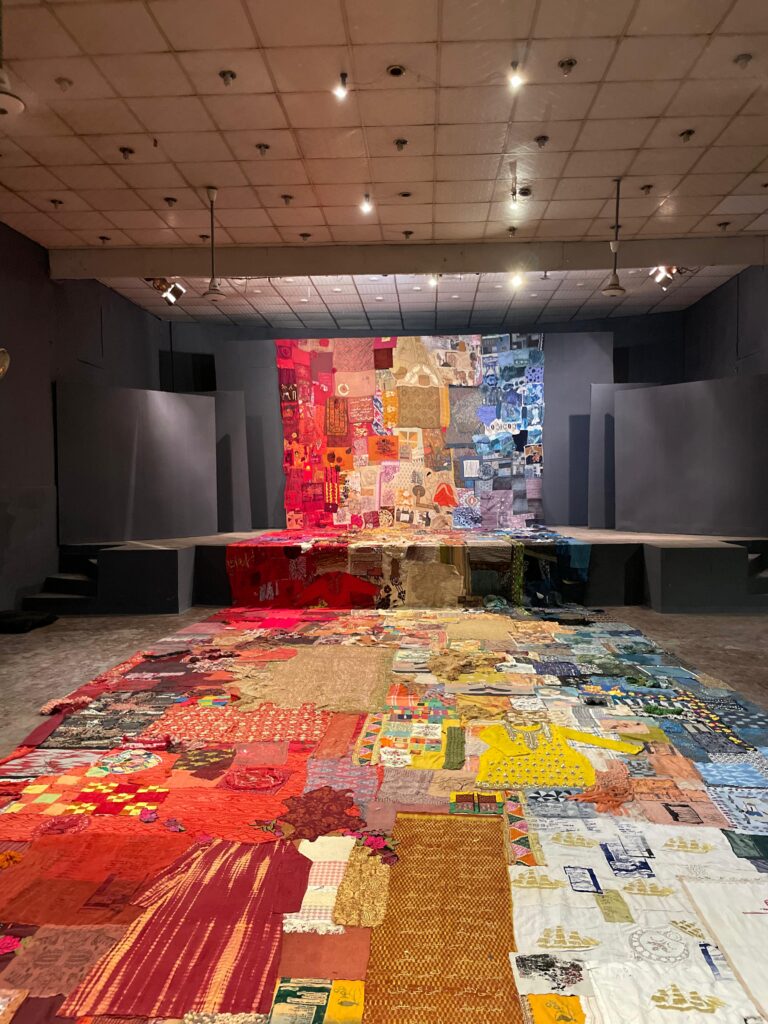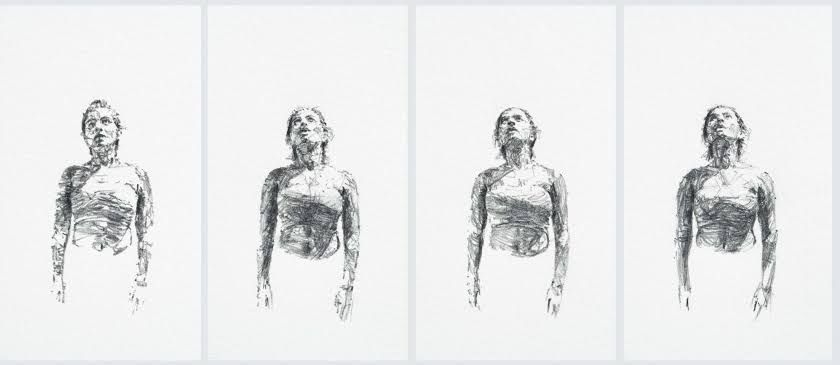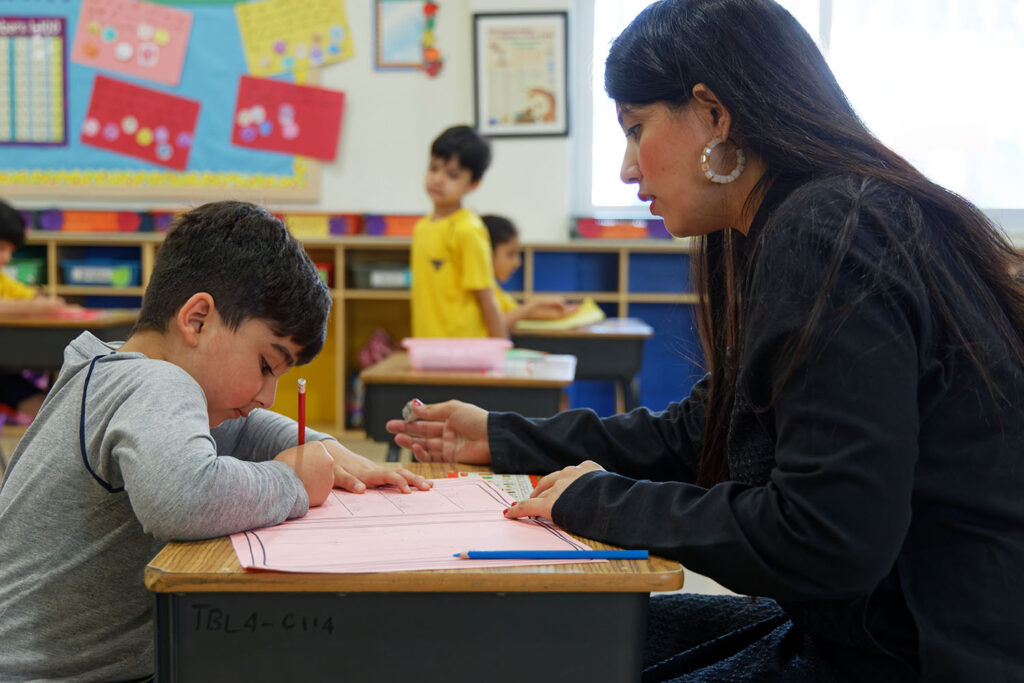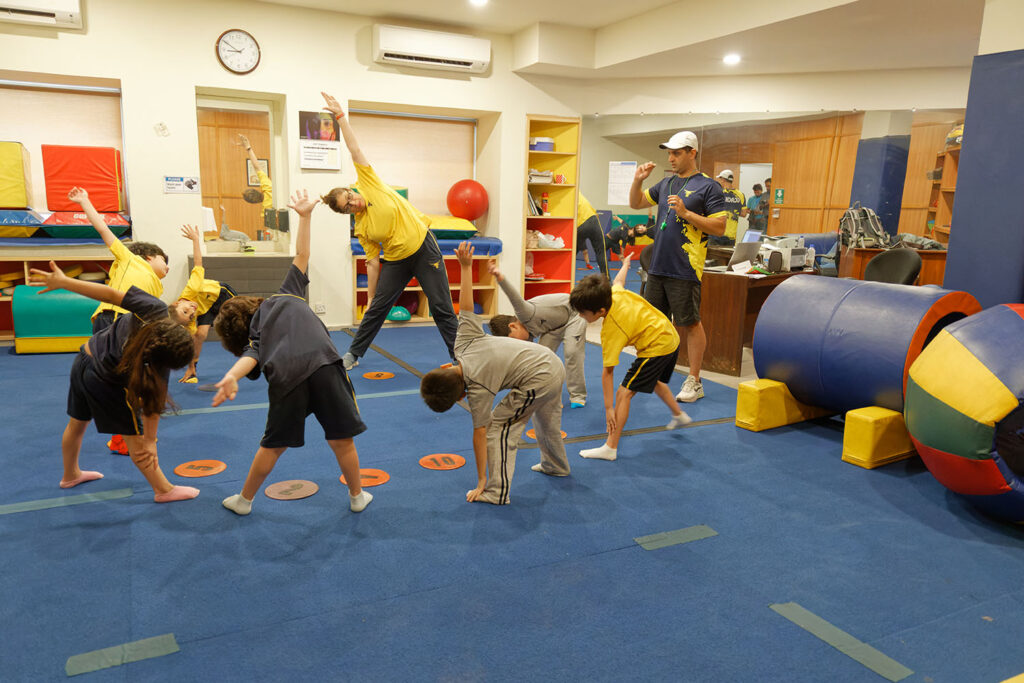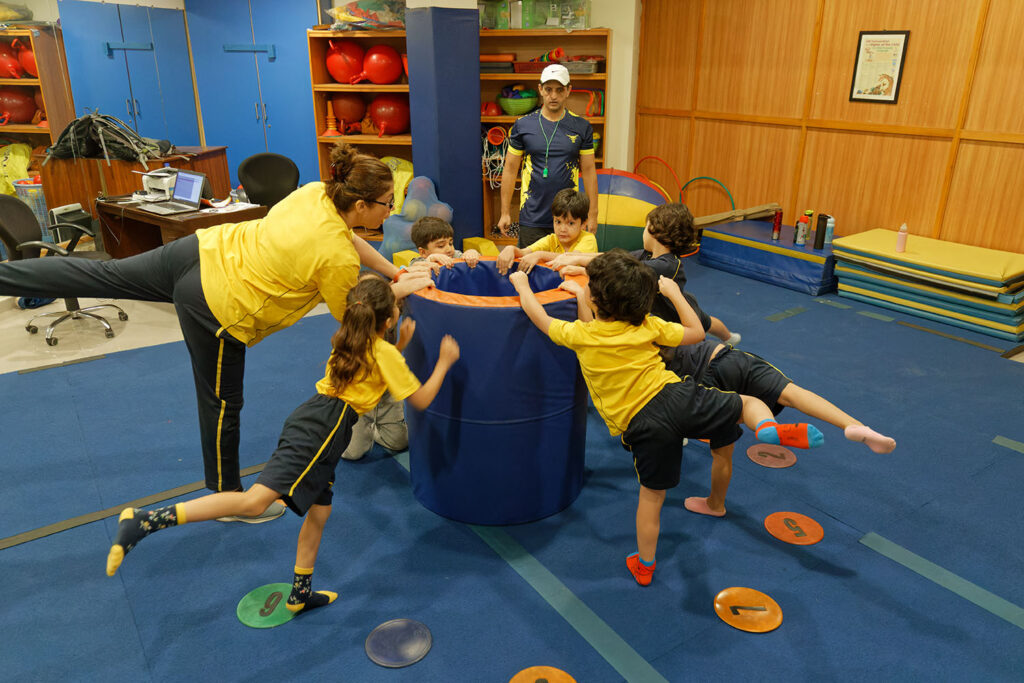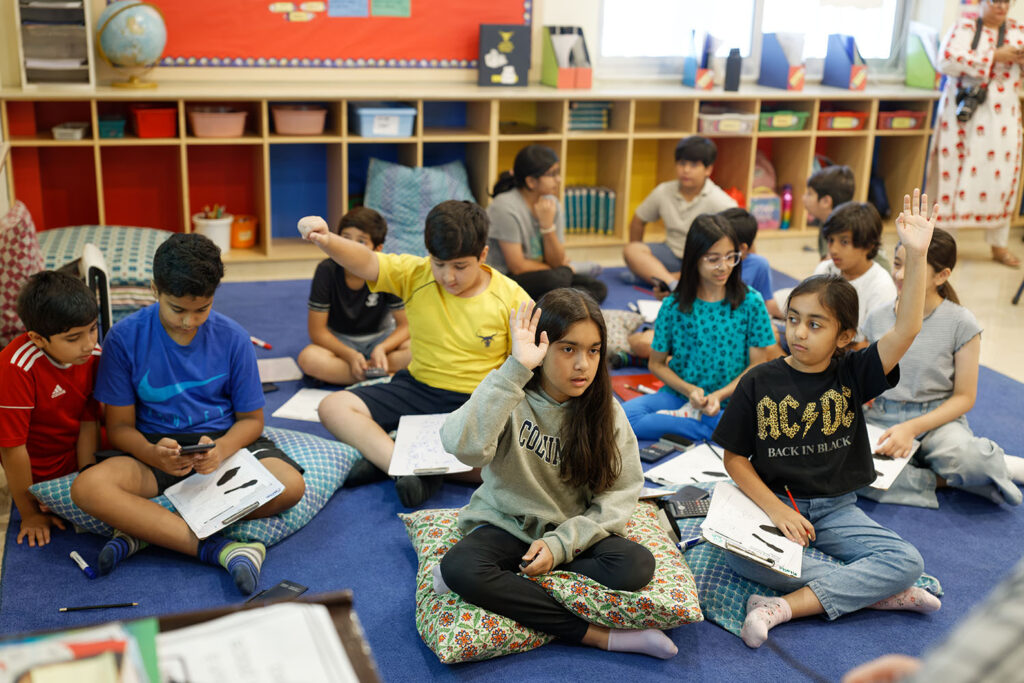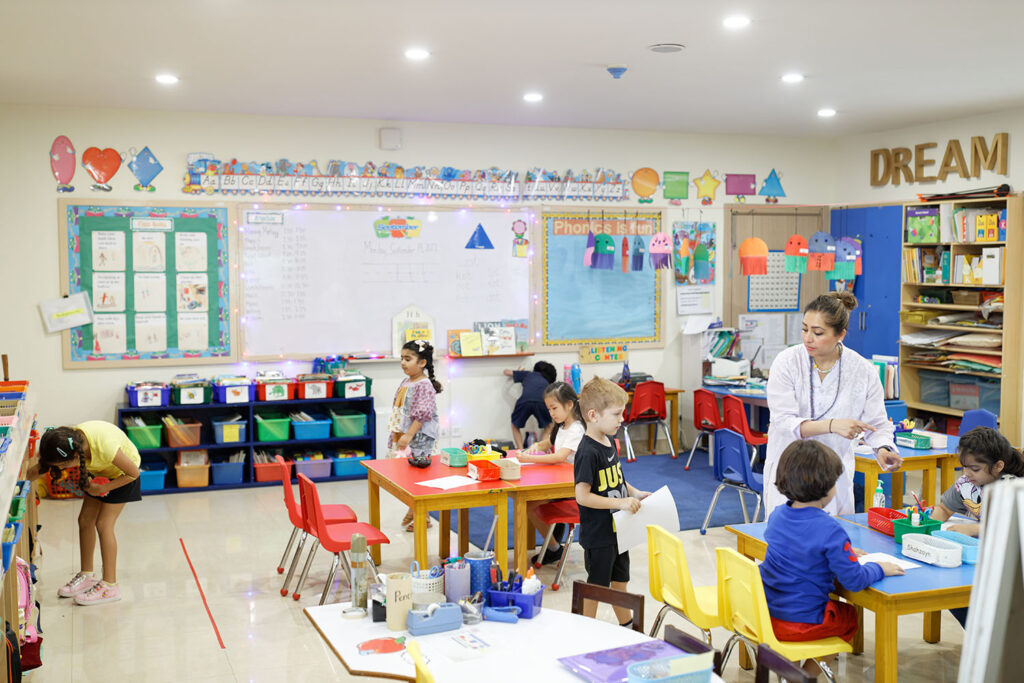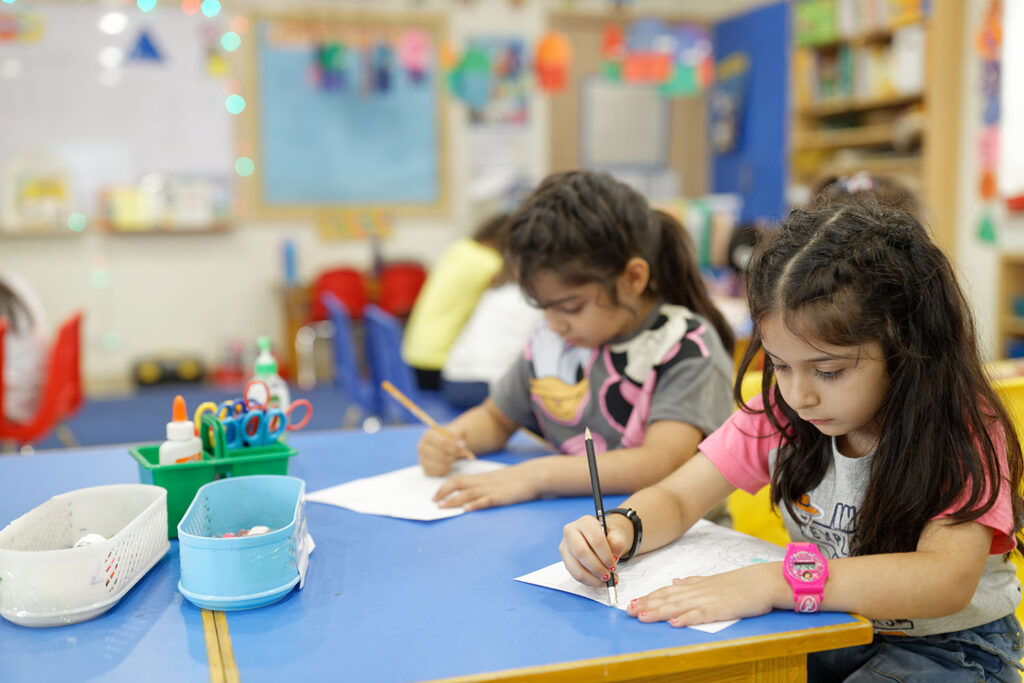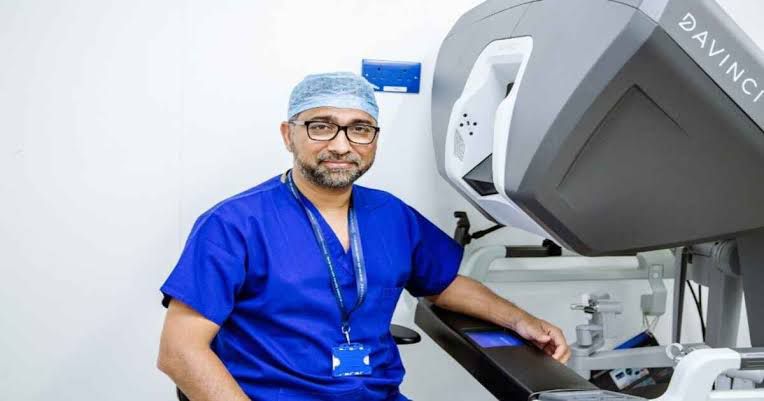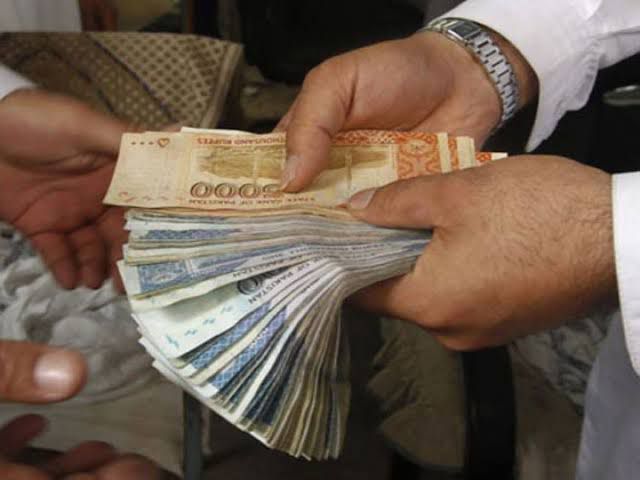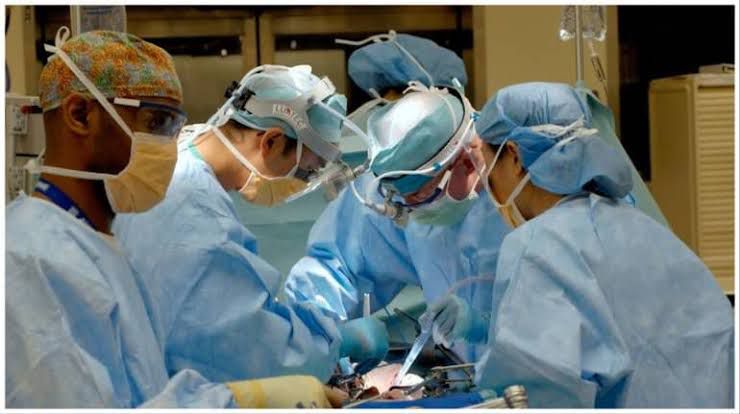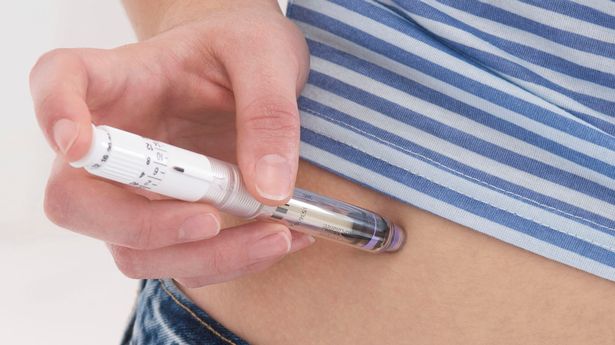Pakistan Seeks Deep Tech and Innovation Collaboration with UK Under Renewed Trade Engagement*
London, UK November 6
Minister for Planning, Development & Special Initiatives, Prof. Ahsan Iqbal, held a productive meeting with the UK’s Minister of State for Trade Policy, Mr. Chris Bryant, to advance Pakistan–UK economic cooperation under the recently signed Pakistan–UK Trade Dialogue Mechanism.
Minister Ahsan Iqbal reaffirmed that Pakistan and the United Kingdom share a deep, historic bond rooted in longstanding cultural ties and strong people-to-people linkages. He stated, “Pakistan and the UK enjoy excellent political relations, but now is the time to match that strength on the economic front. Our goal is to turn goodwill into growth.” Highlighting that bilateral trade currently stands at £ 5.5 billion, the Minister emphasized the need to significantly expand trade volumes. “With £ 5.5 billion in bilateral trade, we have only touched the surface. The Trade Dialogue Mechanism must now become the engine that unlocks our true economic potential,” he added.
He underlined the importance of swiftly operationalizing the three working groups established under the Trade Dialogue Mechanism to address priority areas and unlock commercial opportunities. “We cannot afford delays. The working groups must become operational immediately so our next ministerial meeting delivers concrete, measurable outcomes.”
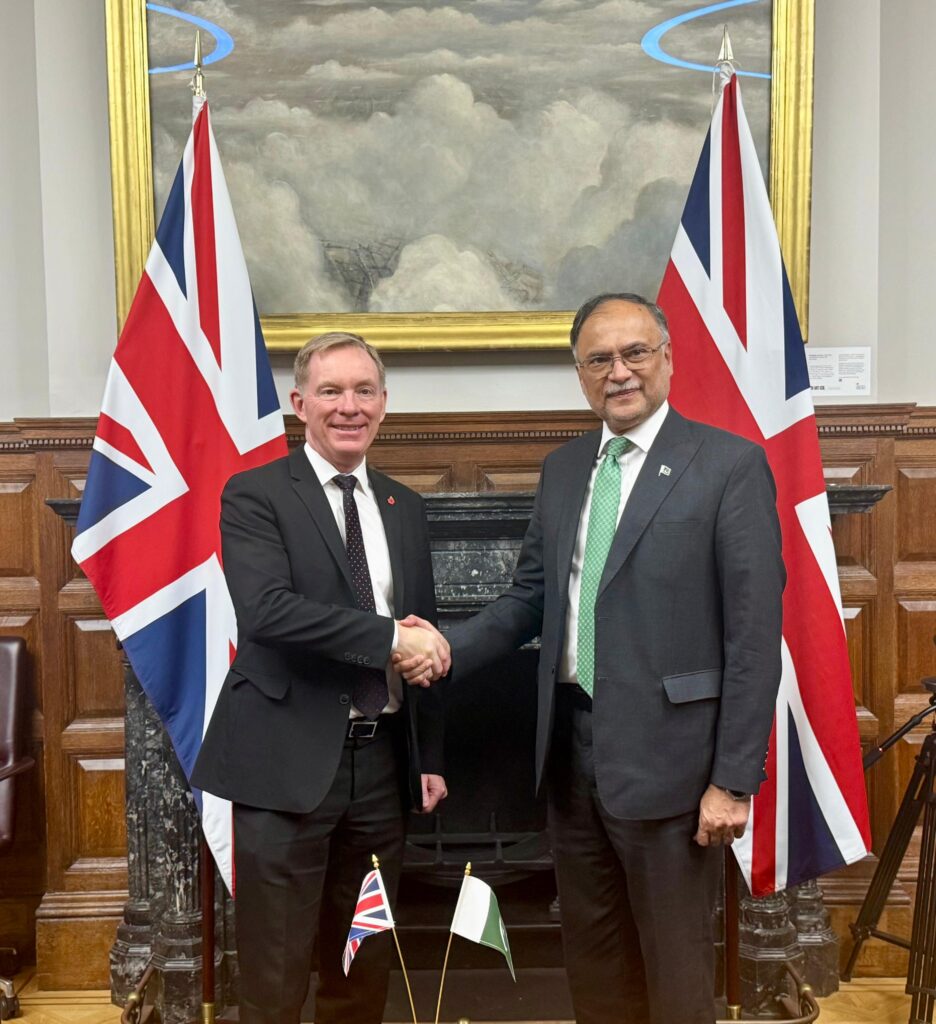
Minister Chris Bryant acknowledged the significance of the Trade Dialogue Mechanism signed in July 2025, which provides for annual ministerial engagements and requires the working groups to become functional within six months. He noted that technical discussions around SPS measures and tariffs are essential, and emphasized the need for subject-matter experts to develop practical solutions.
Responding to an inquiry on Pakistan’s broader economic direction, Minister Ahsan Iqbal briefed on the Government of Pakistan’s efforts over the past three years to stabilize and grow the economy. He stated, “Pakistan has reversed the economic downturn of recent years. Inflation is falling, growth is recovering, and Pakistan is open for business like never before.” He highlighted the Government’s commitment, under Prime Minister Shehbaz Sharif’s leadership, to position Pakistan as a regional investment hub.
“Under Prime Minister Shehbaz Sharif’s vision, Pakistan is positioning itself as a regional investment hub — a country where investors see stability, opportunity, and long-term value.” The Minister underscored Pakistan’s strong potential in IT human resources and the technology sector, identifying multiple avenues for Pak–UK collaboration in technological and scientific domains.
“Pakistan’s greatest asset today is its young, highly skilled tech talent. Deep technology collaboration between Pakistan and the UK can create a new bridge between our economies.” He further stressed the need to revitalize joint business forums to facilitate private-sector partnerships.
Both sides expressed a strong desire to enhance cultural cooperation, including in fashion and design, music and arts, and tourism. “Our cultural ties are a living bridge. Fashion, arts, design, and tourism can become powerful forces to bring our people even closer,” said Ahsan Iqbal.
Concluding the meeting, Minister Ahsan Iqbal extended a formal invitation to Minister Chris Bryant to visit Pakistan. “I have invited Minister Chris Bryant to visit Pakistan. I am confident he will find a country ready for transformation, investment, and partnership with the world.”
